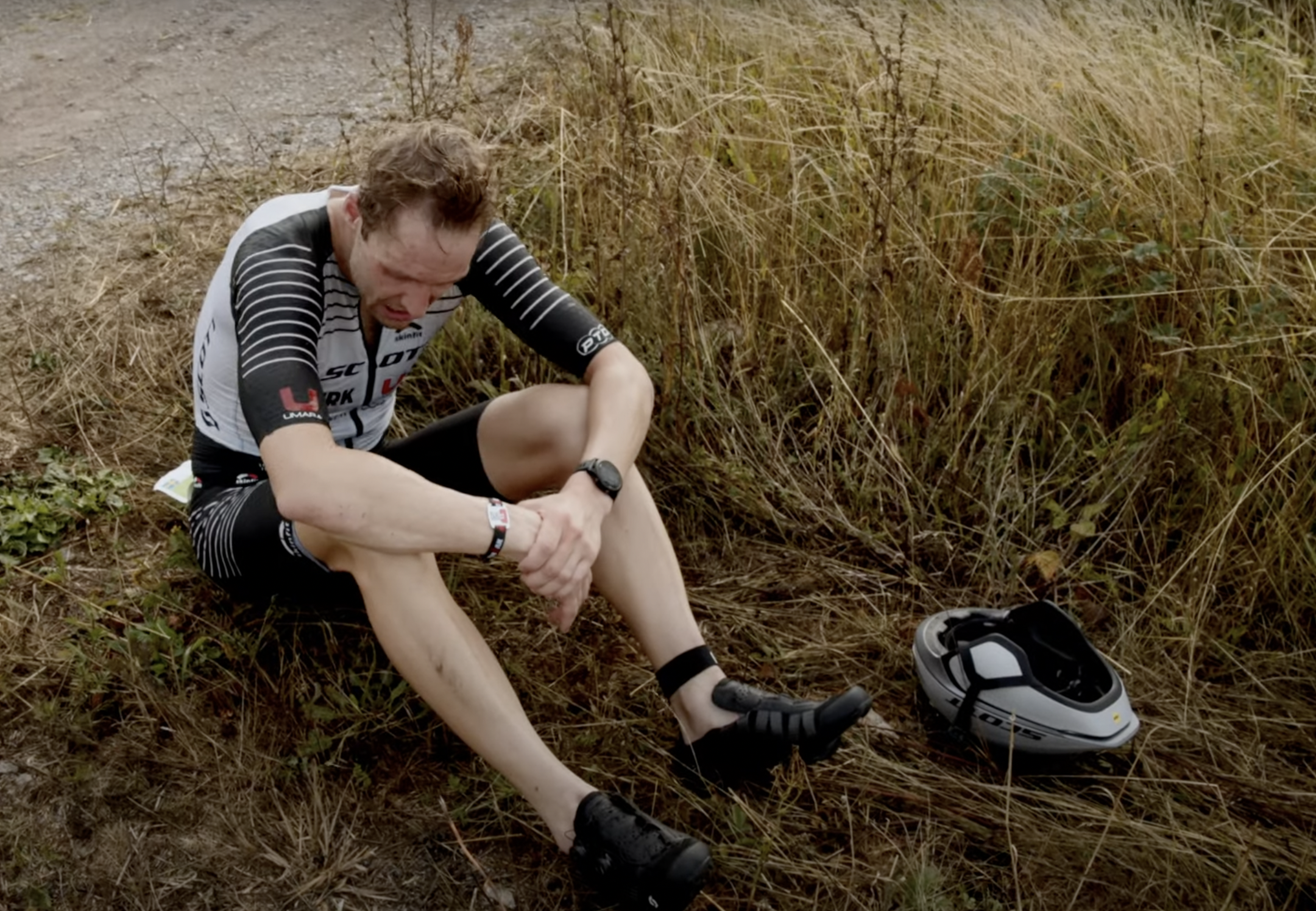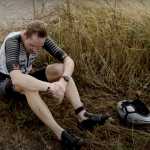A 10th place at Ironman Kalmar. That’s not what Rasmus Svenningsson had come for, but it was the result of a race that didn’t go to plan. In a video, Svenningsson talks about the pre-race nerves, about how he hoped to qualify for Kona and how difficult it is to be fully prepared for this distance. His number one lesson, as he explains below: work on the transition from swimming to cycling and find a ‘sweet spot’ speed in the water. “I didn’t expect that I swim could take this much out of you, to be honest.”
“In an attempt to get over the worst phase of disappointment after this weekend’s race, I have tried to make a thorough analysis in order to understand how things could go so sideways last Saturday. It appears that I have neglected one very important aspect of Ironman racing, which caused my massive miscalculation”, Svenningsson reflected in the first days after the race. “My training over the last few years on the bike and run have very much been directed towards preparing for and familiarizing myself with the demands of race day, both from a purely physical but also an educational standpoint. In the last two years, I believe I must have done over a 100 bike sessions of 4 to 5 hours at an average power of 300-330w, many of which with the sole intent of investigating my reaction to a specific race scenario.”
“I have simply built a huge base of experience on how my body functions when being exposed to the demands of an Ironman bike leg”, he continues. “Because I know myself so well in this situation, I know almost exactly what type of efforts I can manage and which ones that will be too costly. I have worked similarly to prepare myself for the run leg. I find long and race-like brick sessions to be good physical stimulus, extremely educational and highly enjoyable all at the same time. Consequently, I have collected a good amount of experience also on the transition from bike to run, as well as the first 20-25k of the marathon.”
On the contrary, he adds. “What I, however, not have done, is to thoroughly investigate the impact of the swim and the implications of different efforts during this discipline for the remaining parts of the race. This is of course completely unacceptable for a professional athlete, especially since I have sensed that the swim might very well take a lot more out of you than what is generally assumed. The approach I have taken for the bike and run seems to work alright (I have not had any major ‘collapses’ in these two disciplines in the last 1.5 years when being fit and healthy). Therefore, one of my main missions for the next race will be to thoroughly investigate where my Ironman swim ‘sweet spot’ effort is. I will never again toe an Ironman start line with a sense of insecurity in regard to what I can and cannot do in the first discipline of the race.”


